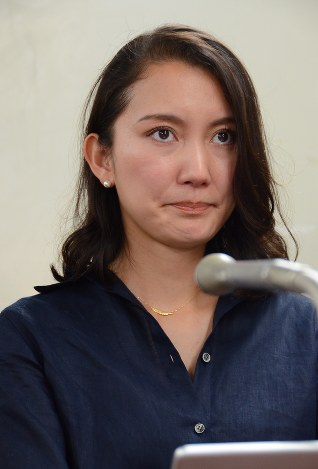In contrast to its Asian neighbors, the #MeToo movement has barely registered in Japan.
The dialogue remains largely absent in the public sphere and Japanese sociologists argue it’s in part due to the weak representation of women in the Japanese media. According to Mari Miura, a political science professor at Sophia University in Tokyo, in a patriarchal society such as Japan where speaking out draws criticism rather than sympathy – even from other women – female victims try to forget sexual assaults rather than seeking help and justice.
The dialogue remains largely absent in the public sphere and Japanese sociologists argue it’s in part due to the weak representation of women in the Japanese media. According to Mari Miura, a political science professor at Sophia University in Tokyo, in a patriarchal society such as Japan where speaking out draws criticism rather than sympathy – even from other women – female victims try to forget sexual assaults rather than seeking help and justice.
 Japanese journalist Shiori Ito
Japanese journalist Shiori Ito In one case, Japanese journalist Shiori Ito broke her silence and accused prominent TV newsman Norijyk Yamaguchi of drugging her and raping her only to receive death threats and criticism from the public. A victim-blaming rhetoric ensued online criticizing Ito for being a “publicity hound” for speaking out, looking too seductive, and ruining the life of a revered public figure. Japanese lawyer Yukiko Tsunoda, an expert on sex crimes, says the stigma of rape victims is even embedded in the Japanese language itself. In Japan, sexually assaulted women are traditionally called “the flawed” – clearly illustrating why rape victims tend to shy away from going to court. According to a 2014 government survey, nearly three quarters of rape victims say they had never told anyone, and only 4% file a report with the police.
With men dominating the upper echelons of political and corporate life, women are reluctant to break social norms and reveal instances of sexual harassment. My hope is that in the year 2018, #MeToo will apply a more global, intersectional lens to detect racial and economic divides that had deprived the women’s rights movement of unity in past waves. That way, the movement can adjust its framing to include the voices of women in more patriarchal societies.



 RSS Feed
RSS Feed